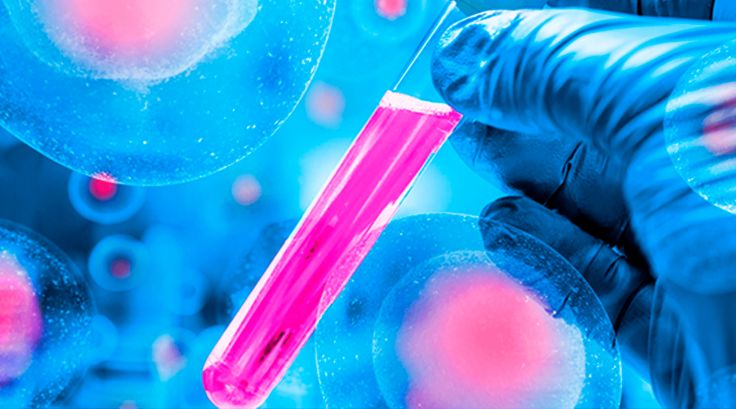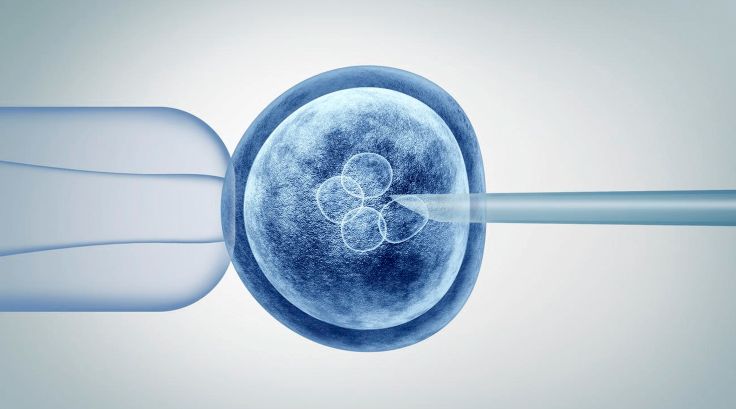Stem Cells: The organic material of the body
They are the cells from which all other cells with specialized functions are generated. Under the right conditions within the body or in the laboratory, stem cells divide to form more cells, called daughter cells or diploid cells.
These daughter cells, called diploid cells become new stem cells (self-renewal) or specialized cells (cell differentiation) with a more specific function, such as blood cells, brain cells, heart muscle, or bone. No other cell in the body has the natural ability to generate new types of cells.
Where do stem cells come from?
Researchers have discovered several sources of stem cells:
· Embryonic stem cell. These stem cells come from embryos that are three to five days old. At this stage, an embryo is called a "blastula" and has about 150 cells.
These are pluripotent stem cells: they can divide into a larger number of stem cells or can become any type of cell in the body. Because of their versatility, embryonic stem cells can be used to regenerate or repair diseased tissue and organs, although their use in people to date has been limited to eye-related problems, such as macular degeneration.
· Adult stem cells. These stem cells are found in small numbers in most adult tissues, such as bone marrow or fat. Compared to embryonic stem cells, adult stem cells have a more limited ability to give rise to various cells in the body.
Until recently, researchers believed that adult stem cells could create similar cell types. They believed, for example, that stem cells located in the bone marrow could only give rise to blood cells.
However, evidence is emerging indicating that adult stem cells may be capable of creating unrelated cell types. For example, stem cells from the bone marrow may be capable of creating osteocytes and cardiomyocytes. This research has led to early-stage clinical trials conducted to assess the utility and safety of people. For example, adult stem cells are currently being studied in people with neurological or heart disease.
· Adult cells modified to have embryonic stem cell properties (induced pluripotent stem cells). Using genetic reprogramming, scientists have successfully transformed normal adult cells into stem cells. By modifying the genes in adult cells, researchers can reprogram the cells to behave similarly to embryonic stem cells.
With this new technique, researchers can use reprogrammed cells instead of embryonic stem cells and prevent the immune system from rejecting the new stem cells. However, scientists do not yet know if modification of adult cells will have adverse effects on humans.
Researchers have been able to take cells from normal connective tissue and reprogram them into functional heart cells. In studies in animals with heart failure that were injected with new heart cells, they had an improvement in heart function and survival time.
· Perinatal stem cells. Researchers have discovered stem cells in amniotic fluid and blood stem cells in the umbilical cord. These stem cells can become specialized cells.
The sac that surrounds the developing fetus and protects it in the womb is filled with amniotic fluid. Researchers have identified stem cells in samples of amniotic fluid obtained from pregnant women during a procedure called Amniocentesis (also called amnio), a test done to check for abnormalities.
Further studies are needed to understand the potential of stem cells present in amniotic fluid.
 6th Avenue 6-63, Zone 10, Sixtino Building, Clinic 307
6th Avenue 6-63, Zone 10, Sixtino Building, Clinic 307
 +502 22384397
+502 22384397
 +502 37649731
+502 37649731




